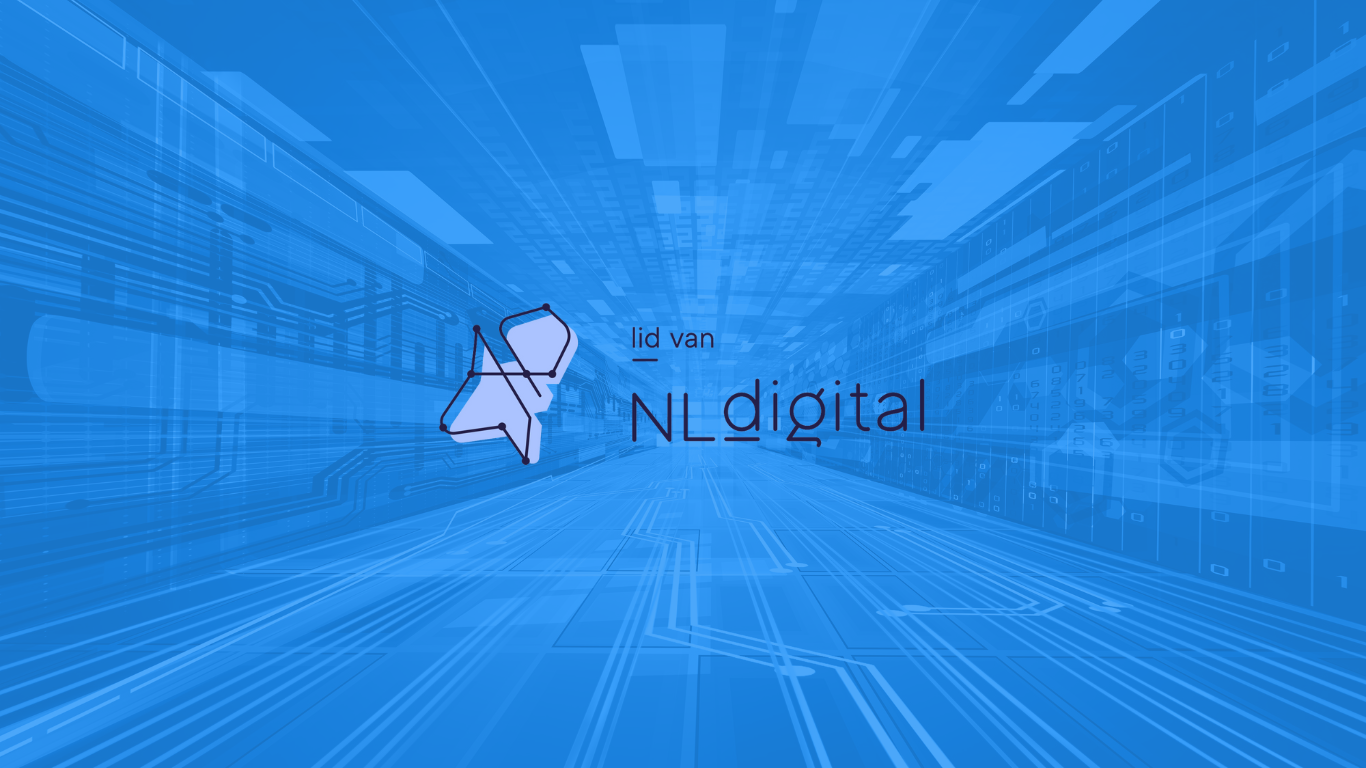In our first article about Integration platforms we talked about the essence of software integration platforms, and in part two we present two different software integration platforms: SAP CPI and Microsoft Biztalk. We look at both platforms from several perspectives to give you some insights on how these platforms work and what they offer.
What is CPI?SAP CPI is the subscription-based cloud proposal of SAP for Process Integration, and it’s a step up from the SAP PO (process orchestration) platform which is the on-premise platform. With CPI, you are able to design your integration flows between (business) processes and have an overview of the whole message lifecycle.
Key featuresCPI is more or less a simplified version compared to PO, when it comes to designing, implementing and monitoring of integration flows. As key features if offers out-of-the-box:
- Connectivity support by means of predefined connectors for different protocols (SOAP, REST, S(FTP), ODATA, MAIL, IDOC, Process Direct.
- Connectivity support for 3rd party SaaS systems like (Salesforce, SuccessFactors, Twitter, Amazon Web Services etc.), or Predefined integration scenarios offered by SAP. These are amazing if you can use predefined flows, like integrating different SAP products or getting data from Salesforce. You can select the flow from the library, copy it to your environment and customize it.
- A visual designer for message processing and transformation functions to design integration flows. All the patterns, as defined in the Enterprise Integration Patterns book, are nicely abstracted in visual elements that can be dragged, dropped and configured on the integration flow canvas.
- Compatibility with the on-premises SAP PO, so you can design the integration flows in CPI and deploy and run them on the on-premises PO
- Monitoring dashboard where you have predefined tiles for checking the execution of the flows (how many are running, how many failed) and where you can create your custom tiles for monitoring for example how many failed for a specific adapter.
The platform offers a lot of visual configurations, and intelligent mappers that can autodetect what should be mapped from one message to another. It also offers the possibility to write custom components and code them in languages like Groovy.
Why CPI?SAP CPI is only one tool from the package offered by theSAP integration suite. Together with API Management, Integration Advisor and the Open Connectors toolbox, it really makes the work of an Integration Engineer easy, allowing you to focus on designing business scenarios and monetizing integration flows and APIs.
What is Biztalk?Microsoft Biztalk is the application integration offering from Microsoft. It is already on the market for more than 20 years. The latest version, Biztalk 2020, was released in January 2020 and it is the first version to work with Visual Studio 2019 and Microsoft .NET 4.7.
In order to operate this platform, you also need SQL Server to store the messages, configurations, and orchestrations. The catch is: it works on Windows only, meaning you have to administrate a Windows Server to install Biztalk.
Basic structureBiztalk services contain schemas, pipelines, maps, orchestrations, ports and can be designed and developed in visual studio and deployed within the Biztalk server. Schemas are the key elements of communicating between applications, so you should design so called “canonical models” (a shared and standardized representation of data).
Key featuresWhen developing applications:
- you have off the shelf components for implementing business scenarios. These can be arranged in Visual Studio either when designing orchestrations, dragging and configuring different shapes (corresponding generally to integration patterns)
- The communication with other systems and protocols is done through a concept of ports. You define them in the orchestrations and assign the specific protocol and configuration in the biztalk server administration.
- Maps are used for message transformation directly in the ports if that is a simple mapping or in orchestrations for more complicated scenarios. Maps are built drawing lines from one message format to the other, applying some kind of transformations or rules for them;
This way of designing the applications in Biztalk is similar to Process Orchestration in SAP. This means that you are developing the bits and pieces in multiple places and put them together in the biztalk administration.
Like CPI, Biztalk also has a lot of adapters for sending or receiving messages for different protocols. These, so called “native” or “integrated” adapters include FILE, FTP, HTTP, MQSeries, MSMQ, POP3, SMTP, SOAP, Windows Sharepoint Services and 7 WCF adapters. The platform also offers possibility to create custom adapters for your specific solutions, you can do this using the BizTalk Adapter Framework.
Why Biztalk?Microsoft is positioning BizTalk Server 2020 as a hub or transition between the legacy and modern world. While more and more applications are built with the Cloud deployment and operation in mind, there is still a huge number of on-premises applications still in use, consuming and producing data. Biztalk is positioned as a glue between the two worlds.
With the rise of the Microsoft Logic Apps services in Azure (Microsoft’s Cloud Integration service), Biztalk also offers adapters to connect to Logic Apps. So based on the business scenarios, cloud and on-premise integration can be mixed as well.
If you are used to working with a Microsoft stack on premise or in azure, you can get out of the box a lot of Azure adapters, API management, blob storage, and more. Not to mention that you are just adding a plugin to visual studio and start developing Biztalk applications. So, it’s a small step for a .Net engineer to include Biztalk application development.
ConclusionsIf you read this far, you should have obtained a clearer understanding of both SAP CPI and Microsoft Biztalk, but for some takeaways, we collected 3 elements, that you could keep in mind .
When we talk about SAP CPI, we think of:
1. A modern cloud-hosted integration platform 2. Seamless integration within the SAP ecosystem 3. Easy to use
When we talk about Biztalk, we refer to:
1. Rich functionalities and easy to use for .Net developers 2. Backed by Microsoft for already 20 years, and at least the coming 10 years for the latest version 3. Fully customizable
If you would like to read a more in-depth comparison of the two integration platforms, part three of our article talks about the differences and similarities based on the learning curve & necessary knowledge, clod vs non-cloud, customizability, operating and deploying.
Stay tuned, for finding out more!
If you have questions, send us a message and we’ll get back to you.









